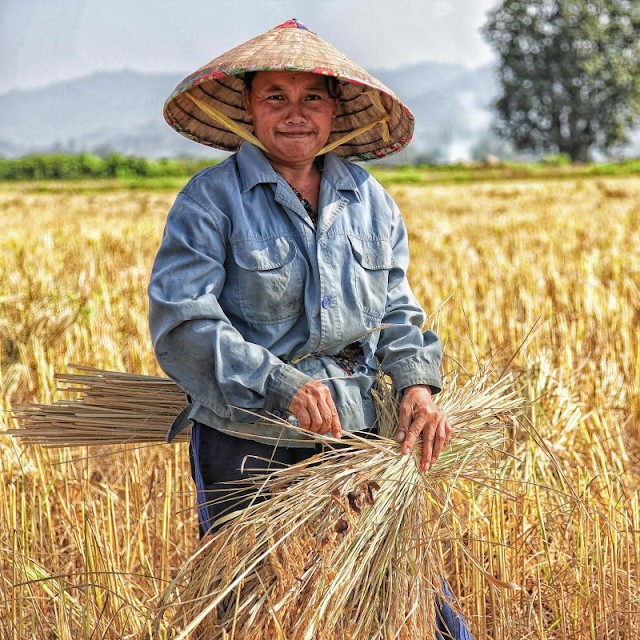|
04 Apr 2024 --- Access to Nutrition Initiatives (ATNI) and HarvestPlus are partnering to increase the micronutrient content of staple food commodities, linking smallholder farmers and food businesses to improve consumer access to nutritious foods. The organizations advocate for the food industry and public procurement to include micronutrient targets in their sourcing criteria to stimulate change in seed development and farming. Businesses have specific requirements on microbiology, food safety, grain size or protein content for staple foods such as wheat, rice, maize, millets, beans and cassava, but these rarely consider micronutrient content. “Transforming food systems is essential to fight malnutrition and climate change. Our joint efforts will increase food businesses’ adoption of micronutrient targets,” says Jenny Walton, head of commercialization and scaling at HarvestPlus — an organization that develops and promotes biofortified food crops rich in vitamins and minerals. “This smart approach will impact systems at multiple levels. Farmers will grow more nutritious produce, benefiting everyone from the smallholder farmers who consume food at home to the consumers purchasing food in markets.” Biofortified foods: ATNI and HarvestPlus underscore that food businesses have the potential to “systematically improve the micronutrient content of the entire food system.” The partnership will promote Publicly Available Specifications for biofortified foods and national fortification legislation, helping businesses adapt their procurement specifications. Moreover, starting in India, the partners will record and monitor biofortification practices with ATNI questionnaires. “ATNI is striving to transform markets to deliver healthy and sustainable diets for all. Our resources have been developed on the premise that food manufacturers can better contribute to addressing poor nutrition and related diseases,” comments Greg Garrett, executive director at ATNI. “We are proud to work with multinational and national food manufacturers and will encourage them to procure biofortified crops as part of their supply chain and produce nutritious foods for all.” Industry experts also highlight the  ATNI and HarvestPlus aim to add micronutrient targets in sourcing criteria to stimulate food system transformation. potential of fortified foods to address the fiber gap and reduce micronutrient gaps, highlighting the strategy’s cost-effectiveness. Earlier this year, researchers called for farmers in sub-Saharan Africa to diversify their agricultural production toward climate-smart and micronutrient-rich crops, such as soybeans, cassava, millet and sorghum, to improve health outcomes. Relying on fewer crops would likely increase the risk of obesity and associated non-communicable diseases. Food system transformation: According to ATNI and HarvestPlus, over 3.1 billion people worldwide, mainly in Africa, Asia and Latin America, cannot afford a diet of nourishing, diverse food that provides sufficient essential vitamins and minerals. However, if the food industry adds micronutrient targets to its sourcing criteria, seed businesses and farmers will respond to market demand and adopt their customers’ requests. Walton adds: “The track record, reach and expertise of the ATNI team can accelerate the adoption of biofortification in the commercial food sector at a mass scale. This will be a game changer in creating awareness and meaningful change in food production.” The Germany-based Food System Economics Commission also calls for overhauling food system policies, noting that these destroy more value than they create. A recent report by the organization notes this is due to nutrition-related health costs, productivity losses, greenhouse gas emissions, biodiversity loss, environmental damages and contributions to social inequality. By Jolanda van HalThis feature is provided by Food Ingredients First’s sister website, Nutrition Insight.ATNI and HarvestPlus partner to improve access to fortified food |

